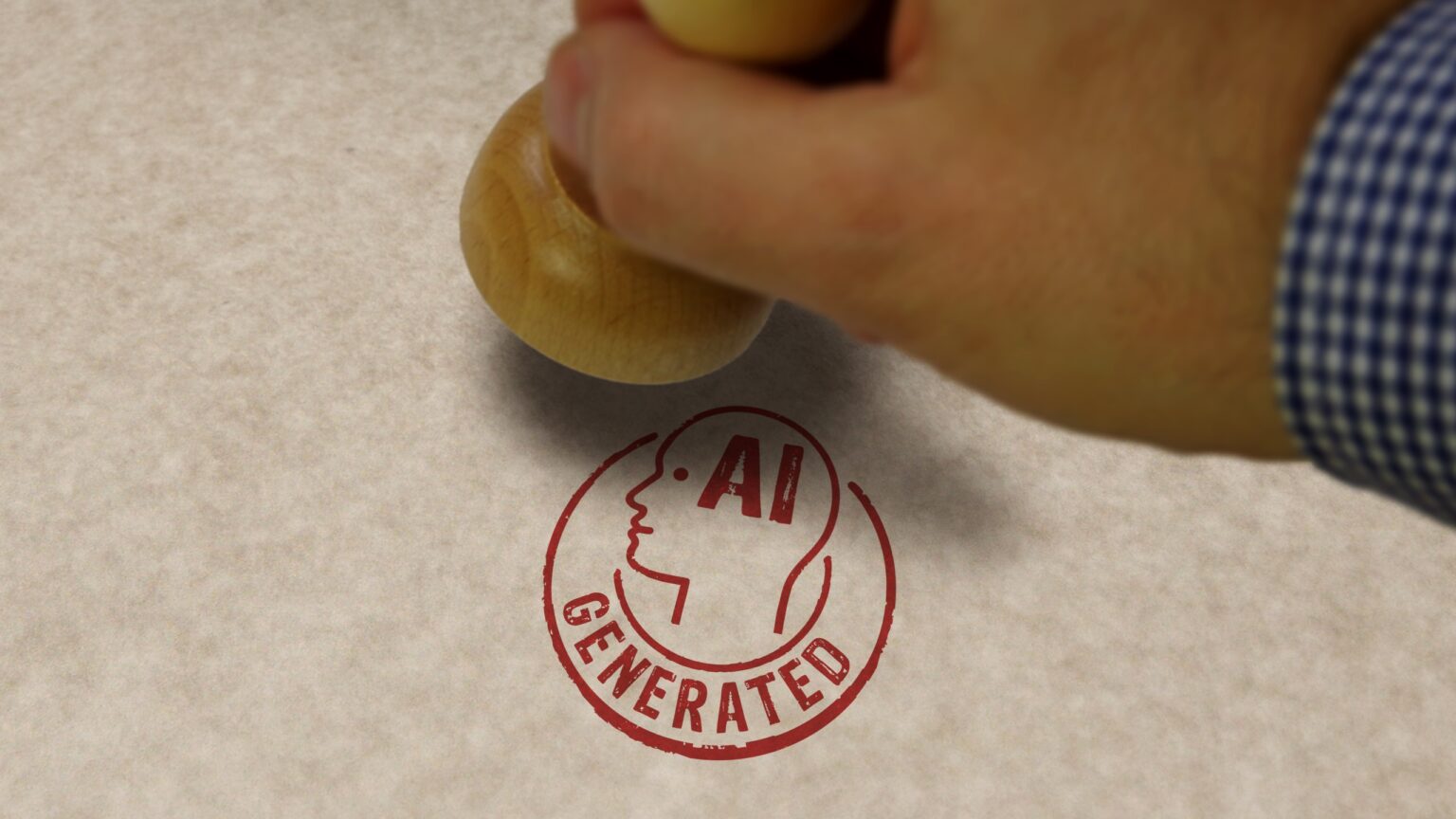YouTube starts implementing its policy on video labels for AI material, to combat the spread of misinformation, although it leaves out some kids-centric content.
As such, not all videos require labels, according to YouTube, which first announced the policy last November, and now starting to launch compliance tools, with roll out continuing in the next weeks.
In line with its efforts to combat the spread of deepfakes and misinformation the video sharing platform introduced an element within its Creator Studio which requires content creators to divulge if their content is AI generated.
Policy to strengthen transparency
According the social platform’s updated policy, creators will now be obliged to check a box when content they upload “is altered or synthetic and seems real,” in an effort to tackle misinformation.
The company further explained that once the box is checked, the video clip will have a marker appear to show viewers that it is not a real footage.
“The new label is meant to strengthen transparency with viewers and build trust between creators and their audience,” said YouTube in a statement.
“Some examples of content that require disclosure include using the likeness of a realistic person, altering footage of real events or places, and generating realistic scenes.”
At YouTube, we're building on our approach to responsible AI innovation. We're introducing a tool in Creator Studio that requires creators to disclose when their content has been altered in ways that seem realistic. 1/2 https://t.co/CFzib6wdZa
— Neal Mohan (@nealmohan) March 18, 2024
The exempted content
YouTube has however revealed not all content require this disclosure, for instance animation. The social media giant explained that this policy covers only AI digital alterations or “renderings of a realistic person, footage of real events or places, or complete generation of realistic looking scene.”
The video sharing platform has also clarified the type of content that is exempt, such as minor alterations effected before the recent advent and boom in generative AI.
For instance, videos that used beauty filters, color correction, and other special effects like blur or vintage overlay.
“We’re not requiring creators to disclose content that is clearly unrealistic, animated, includes special effects, or has used generative AI for production assistance.”
YouTube is now taking this approach to AI content following its announcement last November, which include disclosure requirements and labels on all AI features, products as well as an updated privacy request.
“Creators are at the heart of YouTube, and they’ll continue to play an incredibly important role in helping their audience understand, embrace, and adapt to the world of generative AI,” continued the company in the same statement.
Also read: WEF Report Shows US Firms Embrace Industrial Metaverse
The policy and kids-oriented content
According to a Mashable article, this policy is not for quality control but to tackle the spread of misinformation and the possible legal implications that could arise “from generation of real humans.”
Wired however notes that YouTube “is arguable dropping the ball here,” as the policy excludes the bulk of kids content, in the form of animated video.
This comes as unsettling kids videos on the platform have made headlines although the company has made efforts to tackle the problem. According to Mashable, these often appear to be uploaded without following steps that ensures age appropriateness.
With the new policy, kid-oriented content will be affected once creators start pushing the misinformation agenda with content falling under the “unrealistic” section of the policy.
“However, bulk-generated AI animated junk, usually aimed at the youngest demographics, will not. And it seems YouTube is missing out on an opportunity to have this type of content labeled so parents can easily filter it out,” explains a Mashable article.
YouTube has however acknowledged there is room for improvements in line with the evolving AI sector.
“This will be an ever-evolving process, and we at YouTube will continue to improve as we learn. We hope that this increased transparency will help all of us better appreciate the ways AI continues to empower human creativity,” said YouTube.









 and then
and then